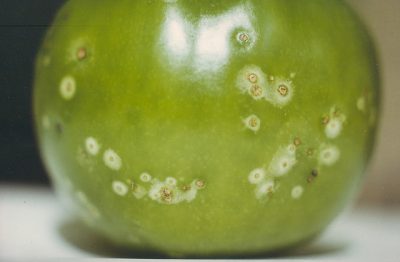Content #1
Content #1
Content #1
Seed health is important for good yields and maintaining desired plant traits, as well as for minimizing the spread and dispersal of plant pathogens. The certification of pathogen-free seeds is an effective strategy to prevent and manage disease. This approach, however, is highly dependent on a reliable pathogen-detection method.
Clavibacter michiganensis subsp. michiganensis (Cmm) is a seed-borne pathogen that causes bacterial wilt and canker of tomato. It is a devastating disease with serious economic consequences. Several techniques including Bio-PCR, which combines real-time quantitative PCR (qPCR) with culture-based isolation, have been used to improve accuracy of Cmm detection. However, detecting Cmm in the viable but nonculturable (VBNC) state remains challenging. A recent paper in PLOS ONE demonstrates an improved and effective strategy to detect Cmm in both viable and the VBNC state, which cannot be otherwise detected by using conventional approaches. The study confirms that the new improved photoactivatable dye PMAxx™ has a higher sensitivity to differentiate viable and dead cells, and less binding to the DNA of viable cells compared to PMA. The authors also describe optimal concentrations of PMAxx™, bacterial CFU/mL, sample preparation and photolysis conditions for accurate Cmm detection.

Bacterial canker of tomato; Pathogen: Clavibacter michiganensis subsp. michiganensis (S. Nelson, Flickr)
Learn more about the Viability PCR technology, including viability PCR dyes, reagents, kits, and photolysis devices.